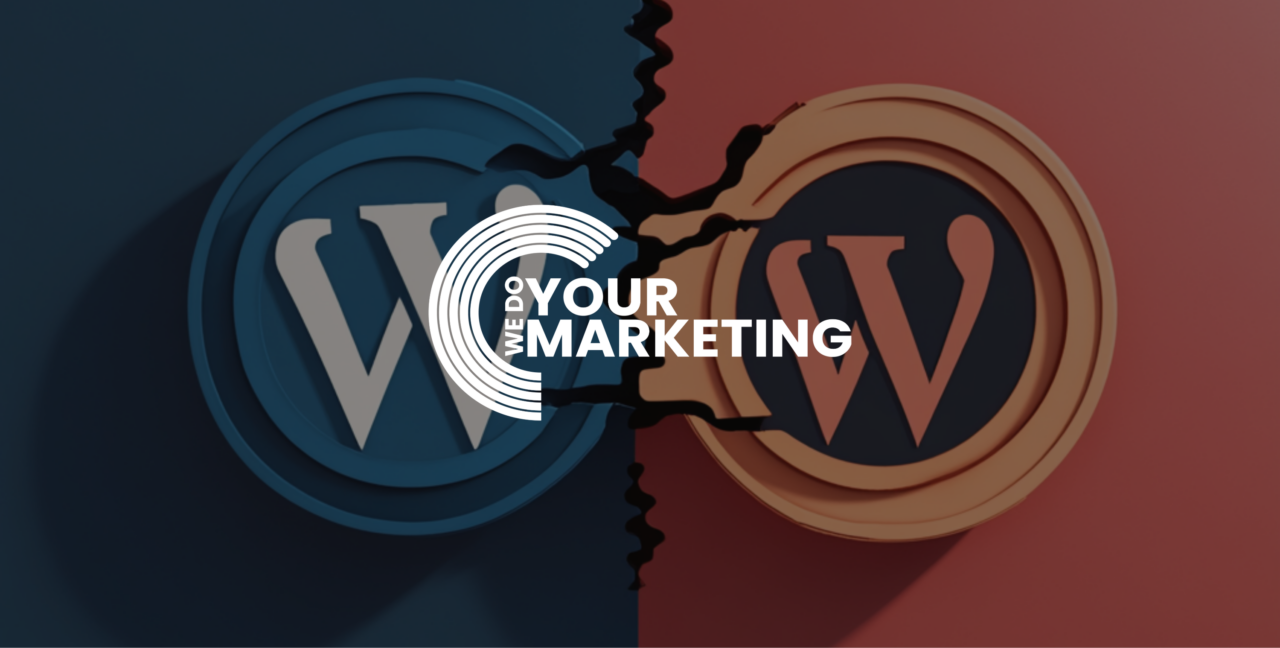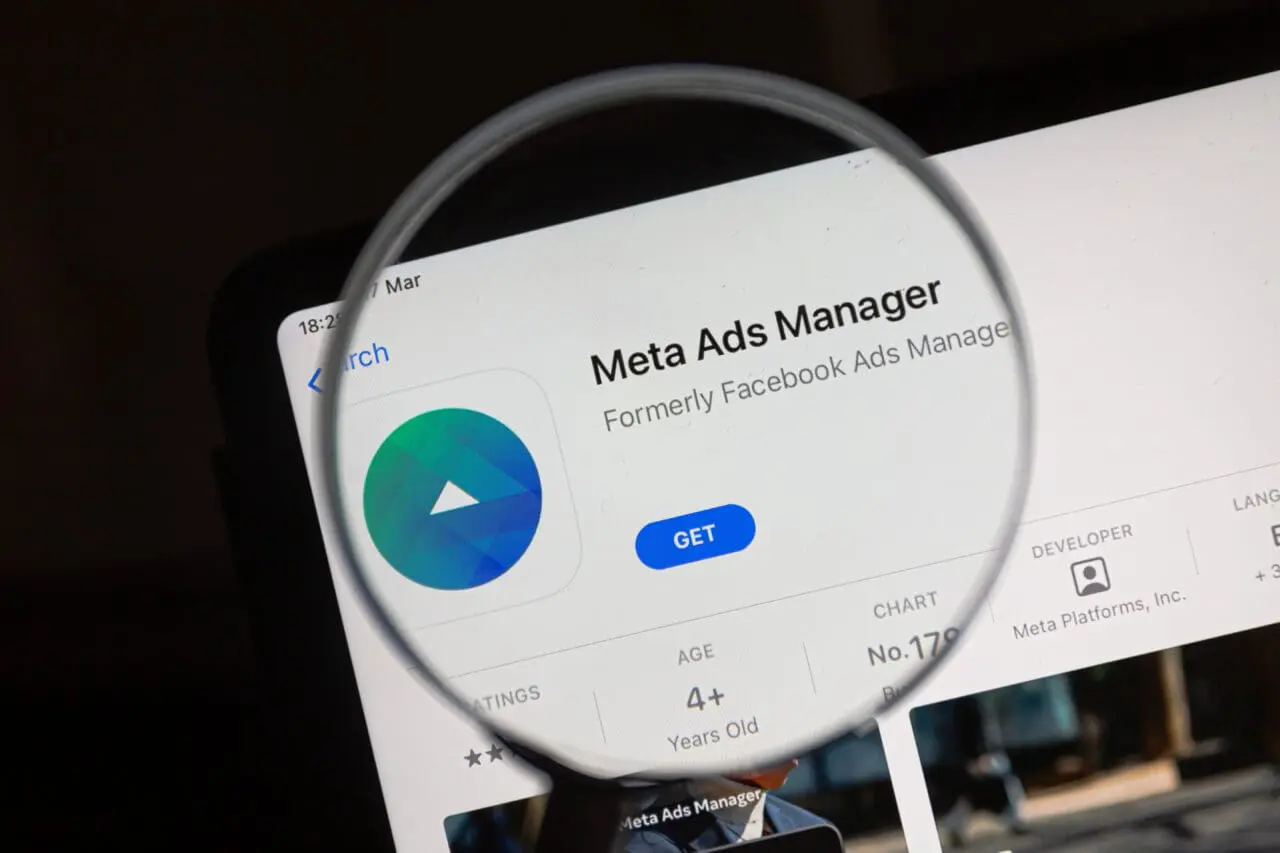

The introduction of Apple’s 30% service fee for Facebook and Instagram Ads, known as the “Apple Tax,” marks a significant shift in the landscape of digital advertising and ad revenue. Originating from Apple’s revised App Store guidelines in 2022, this charge fundamentally alters the approach to boosting posts for many businesses, especially those of smaller scale. While designed to adapt to Apple’s in-app purchase requirements, this move not only deepens the rift over control and monetisation of digital ad spaces but also presents a tangible challenge for small businesses in managing advertising costs effectively. The recommended workaround—boosting posts from web platforms—emerges as a critical strategy to evade these additional expenses, underscoring the need for businesses to adapt swiftly in a rapidly evolving digital marketing environment and apps.
As Meta introduces Apple’s 30% service charge on boosted posts, businesses are seeking ways to optimise ad costs while preserving revenue streams. By boosting posts solely from web platforms like Facebook.com and Instagram.com, advertisers can bypass the additional fee. This strategy provides a crucial approach to maximise ad budgets and maintain spending control in the ever-evolving digital advertising landscape, particularly for in-app purchases and in-app payment systems, targeting iOS users and product sold on alternative app marketplaces.
In light of Meta’s recent announcement regarding Apple’s 30% service charge on boosted posts made through the iOS app on Apple devices, businesses are urgently seeking methods to circumvent this additional expense. A promising solution has emerged—boosting posts directly from web browsers on Facebook.com and Instagram.com free apps. This workaround not only assists in avoiding the “Apple Tax” but also empowers advertisers to allocate their budgets more effectively toward wider-reaching digital advertising campaigns. Given the significance of social media advertising for business visibility, especially for small enterprises, adapting to web-based boosting can be a crucial strategy in maintaining the efficiency and affordability of promotional efforts in an already competitive digital marketplace. Remember to manage your subscription and account settings for optimal results.
The unfolding saga between Meta and Apple over the implementation of the “Apple Tax” on Facebook and Instagram ads heralds a pivotal moment in the future of digital advertising. This development is more than just a fee imposition—it symbolises the growing tensions between tech giants as they grapple for control over lucrative digital ad spaces. Meta’s strategic suggestion for advertisers to boost posts from the web as a workaround to avoid the added costs underscores a broader struggle for autonomy and influence within the digital advertising ecosystem. This confrontation not only affects the operational strategies of small businesses but also sets the stage for potentially broader regulatory and competitive implications in the tech industry. As these events unfold, the way businesses engage with digital advertising and manage their online presence is on the cusp of significant transformation.
The enforcement of Apple’s in-app purchase fees on advertisers, especially those utilising platforms like Facebook and Instagram to enhance their posts, puts small businesses in a delicate position. This “Apple Tax”, a direct outcome of the tech giant’s revised App Store guidelines in 2022, not only raises advertising costs but also complicates the digital marketing strategies of small-scale enterprises. For many of these businesses, social media advertising is vital, essential for their visibility and customer engagement. Hence, the additional financial burden could result in a reduction of digital advertising efforts, potentially affecting their growth and visibility in an already competitive marketplace. In this challenging scenario, discovering effective workarounds, such as incorporating alternative payment processing for apps, physical goods, and digital goods, becomes crucial, yet it introduces another layer of complexity to their advertising pursuits.
In the aftermath of Apple’s updated App Store guidelines and the ensuing imposition of the 30% in-app purchase fee on advertisements, small-scale businesses find themselves at a crossroads. The necessity to quickly adapt to these changes is paramount for maintaining a competitive edge in the digital marketplace. One viable strategy involves leveraging web-based platforms for boosting posts, circumventing the so-called “Apple Tax” to preserve advertising budgets. Additionally, diversifying digital marketing efforts across multiple channels, beyond Meta’s ecosystem, could mitigate potential impacts and reduce dependency on any single platform. Small businesses must also explore innovative advertising techniques and partnerships to enhance their visibility without incurring prohibitive costs. In navigating these tumultuous waters, agility, and a willingness to explore new digital horizons are indispensable for small enterprises aiming to thrive amidst the evolving landscape of digital advertising policies.
The evolutionary trajectory of digital advertising has led to a nuanced landscape where the platform of ad delivery—whether mobile or desktop—can significantly influence the advertising costs on social networks like Facebook and Instagram. With the imposition of Apple’s 30% service charge for ads boosted through the iOS app, a stark financial dichotomy has emerged between mobile and desktop advertising. This distinction not only affects advertisers’ budgeting decisions but also emphasises the strategic importance of selecting the appropriate channel for ad boosts. To circumvent the “Apple Tax”, advertisers are increasingly considering desktop-based ad promotions as a more cost-effective alternative. This shift underscores a broader trend where understanding the financial and operational nuances between mobile and desktop advertising becomes crucial for businesses aiming to optimise their digital advertising spends in a cost-efficient manner, especially amidst the evolving policies and fees introduced by tech giants.
Meta’s strategic pivot to encourage advertisers to pay to boost posts through web browsers on Facebook.com and Instagram.com, arguably to counter the financial implications of Apple’s in-app purchase fees, marks a significant shift in the digital advertising landscape. This move is not merely about sidestepping the so-called “Apple Tax”; it’s a bold statement against the increasing monopolisation of app ecosystems by tech giants. For digital advertisers, especially those representing or working with small-scale businesses, this maneuver by Meta can be a game-changer. It represents an opportunity to reassess and potentially recalibrate their advertising strategies in favor of more cost-effective web-based alternatives. This shift could lead to a more diversified digital advertising approach, pushing businesses to explore new platforms and methodologies that could offer a better return on investment without succumbing to hefty in-app fees. However, this development also underscores the need for adaptability in an industry where the rules of the game are continually evolving, influenced by the strategic decisions of a few powerful players.
The introduction of Apple’s in-app purchase fees has signalled a paradigm shift in the cost-effectiveness of advertising strategies, especially for platforms like Facebook and Instagram. This policy alteration has brought to the fore the distinction between mobile and desktop advertising, compelling businesses to undertake a meticulous analysis of their advertising expenditures. Given the 30% fee levied on mobile ad boosts through iOS devices, desktop advertising emerges as a more financially viable option for many advertisers. This discrepancy in costs between mobile and desktop channels not only necessitates a revisitation of budget allocations but also prompts advertisers to weigh the advantages of desktop promotion more heavily. The adaptation to these changes is crucial in an era where digital advertising dynamics are continuously evolving, influenced significantly by corporate and technological policies.

This website uses cookies to improve your experience. Choose what you're happy with.
Required for the site to function and can't be switched off.
Help us improve the website. Turn on if you agree.
Used for ads and personalisation. Turn on if you agree.
This website uses cookies to improve your experience. Choose what you're happy with.
Required for the site to function and can't be switched off.
Help us improve the website. Turn on if you agree.
Used for ads and personalisation. Turn on if you agree.